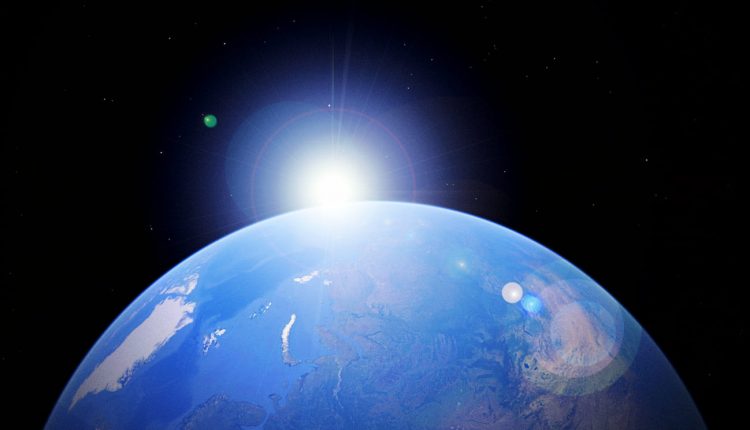
Download Latest Google Earth Pro Offline For Free
With Google Earth, getting lost and found is easy. That is, you can choose to get lost in the many virtual tours you can do around the world without changing locations, and you can find your way around with just a few clicks and taps.
But what if you don’t have an internet connection?
Contents
Don’t worry. You can use Google Earth offline.
Yes, you read that right. This amazing feature is available offline, provided that your computer or device has a cache of Google Earth. The secret is in the cache file. This means, if you’ve never used Google Earth before, you won’t have access to the cache file and won’t be able to use the application offline
Take note, the only locations you can access offline are the ones in your cache file. So, if you will be traveling to places with unreliable to no internet connection and you want to get directions, get a cache file of that particular area.
What do you need to do then?
Prepare your device for Google Earth Offline
- Pick a location that you want to view offline.
- Zoom to the closest view and turn on layers for detailed information.
- Save any KML files you might need on your computer or smartphone.
- With the location picked on Google Earth, go to File, Save and then Save Place As.
- Go to the left-hand panel in the new window that opens and select a folder.
- Type in a file name and then click Save. This will save .kmz file that includes the KML file.
If you are using a Mac
- With the location picked on Google Earth, choose “My Places” under “Places” in the left-hand panel.
- Click Ctrl + left mouse key, and then click Save Place As.
- Type a file name in the box that opens, and choose a location to save the file.
- Click Save.
With the KML files saved, start caching.
Manually cache data of Google Earth
- Make sure you’re connected to the internet.
- Go to Tools > Options. In the window that opens, click the Cache tab.
- Remove data from cache and cache index files by clicking “Clear disk cache”.
- Set size of a Memory Cache, then click “Clear memory cache”. Minimum memory cache size is 16MB.
- Exit the Options window.
- Pick a location in Google Earth that you want to cache, and set layers if you want.
- Look for the “data loading” indicator at the lower right of the screen and wait for an indication that all the data has been downloaded.
Repeat steps 6 to 7 to cache other locations.
If you need a map for long trips, it is highly recommended that you cache in high-resolution imagery. This could eat up a huge amount of disk space, but you can choose to turn off other layers if images are enough to provide you with direction.
Now that you know how to use Google Earth offline, get the new Google Earth and its new features and start caching.

